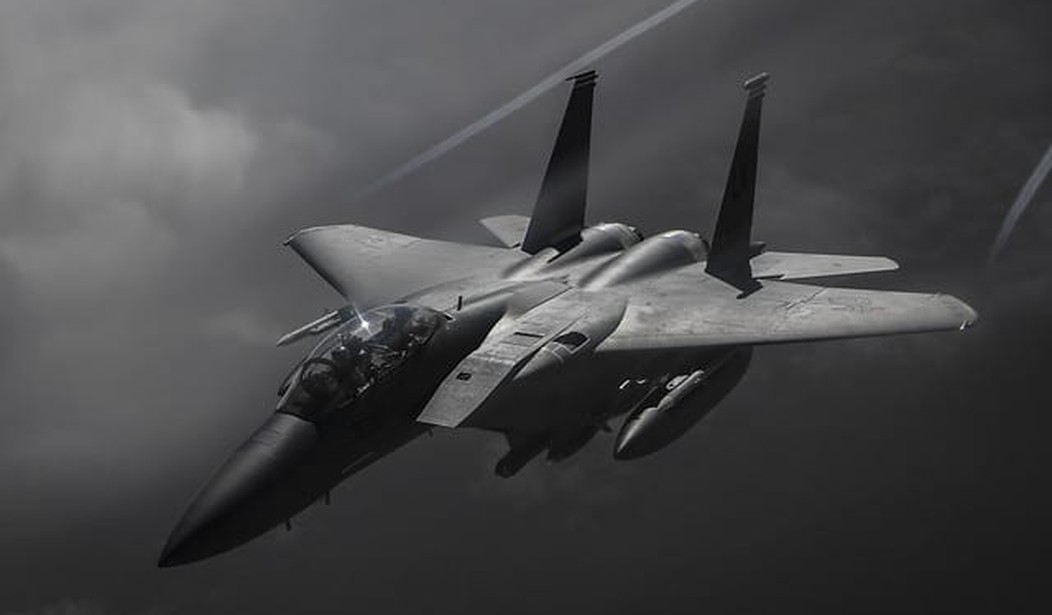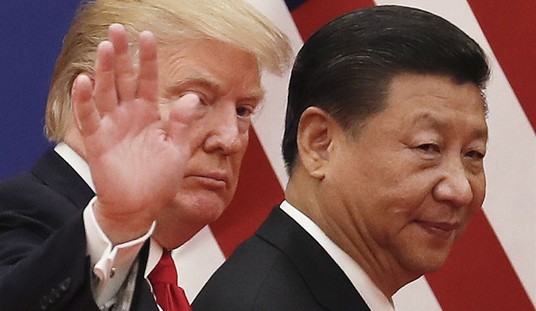At Pearl Harbor, Japanese attackers struck hard and fast to begin World War II. Their speed caught the Americans by surprise, and we lost many — far too many — men, ships and planes. Before we could win the war in the Pacific, we had to fight hard just to get back to where we had been before the attack.
But another tragedy came hours later, when another Japanese force targeted Clark Field in the Philippines. Despite the warning that the U.S. was under attack, planes were left in the open, ripe targets for attack. Again, they were destroyed on the ground without a fight.
The lessons: 1) Speed kills. 2) You must always be armed and ready to respond.
These lessons matter today, as our military finds itself at a crossroads once again and the pace of action can come at the speed of thought. The American military is trying to update its jet fleet by replacing several types of aircraft with a single design, the F-35. The goal is to have one jet that can be flown by the Air Force, the Navy and the Marines. That jet would be invisible to radar, able to land on a moving carrier, and take off from a standing start. A single airframe should reduce maintenance and streamline combined operations.
Nothing like it had ever been built before, so it’s no surprise that it took most of 20 years to get the jet into service. Along the way there were several redesigns and many delays, all of which added to the F-35’s eventual price tag. The planes are coming into service now, but they’re still too expensive to buy (about $100 million each) and to operate ($32,500 per hour in the air).
In war, there are no time-outs. We can’t ask our enemies to wait while we get the F-35 program up to speed. Luckily, we don’t have to. Even as that program moves forward, the military can also progress on a separate track, by also building the next generation F-15.
“The F-15X models are based exclusively on already fielded technology, including strengthened wings and large area displays funded by the Qatari Air Force, plus conformal fuel tanks, a digital fly-by-wire control system, APG-82 active, electronically scanned array radar and the Eagle Passive Active Warning Survivability System (EPAWSS) introduced by the Royal Saudi Air Force,” Aviation Week reports.
Keep in mind the upgraded F-15 would be in addition to, not a replacement for, the ordered F-35 jets. So this is not an either/or debate. The entire military could still have that jet, and the Air Force would have the battle-tested F-15 platform to improve readiness now. As Lockheed CEO Marillyn Hewson told investors, “If they chose to have an order on F-15, it won’t be at the expense of F-35 quantities. I mean, I’m hearing that directly from leadership in the Pentagon.”
The Trump administration has done a great job recapitalizing the military after years of sequestration. New weapons programs are a big part of that rebuild. The administration is in favor of the new F-15, and the Air Force recently announced it wants the planes as well.
Simply put, the new F-15 would be the piece the military needs to maintain and increase its readiness. “When the Air Force inquired about the new F-15X’s capabilities to address its shortage problem, it concluded that the new F-15X did more than even the Air Force had expected or hoped for, and its cost both to buy and to own and operate was surprising low,” writes George Landrith, president of Frontiers of Freedom. “And because it is a fully developed and currently in production plane, it is available now – not in five years.” This speaks strongly to the Air Force’s demand to always be ready to counter any threat, any time, anywhere.
America’s competitors are racing ahead militarily. Russia is sending troops into South America, and China is expanding its sphere of influence in Asia and Africa. The United States can’t afford to wait. We must maintain dominance in the skies. America needs overlapping weapon systems that are ready to protect us and project force, now. The new F-15 deserves to be a part of that mix.









Join the conversation as a VIP Member